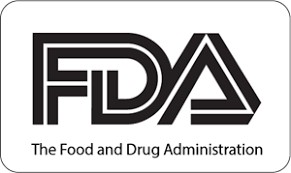
FDA and ISO Standards for Medical Devices
The Food and Drug Administration (FDA) requires that medical device manufacturers establish and follow quality systems to help ensure products consistently meet applicable requirements and specifications. The quality system regulations (QSR) for FDA regulated products are known as current good manufacturing practices (CGMP). These requirements were first implemented in 1978 under the Federal Food, Drug and Cosmetic Act and defined in section 21 part 820 of the Code of Federal Regulations (21 CFR part 820).
For over a decade, these regulations primarily focused on manufacturing of medical devices. This changed with the Safe Medical Devices Act of 1990, which included product design controls. At the same time, the FDA sought to harmonize the CGMP regulations with applicable international standards. The primary standards included International Organization for Standards (ISO) 9001:1994* and 13485:1996.
A manufacturer that is certified to ISO 13485 does not inherently fulfill the FDA regulatory requirements. However, this certification aligns the company management systems with requirements of the FDA’s QSR and international regulatory requirements. As such, 13485 provides a management system that serves as a framework for compliance to various regulatory and customer requirements.
ISO 13485 certification also does not fulfill the requirements of ISO 9001, nor is it equivalent to or have the ability to take the place of any country-specific requirement for medical device manufacturers. Benefits can be reaped from being both 9001 and 13485 certified, because 9001 focuses on business aspects not found in 13485 that are good for all businesses. Also, ISO 13485 is no longer thought of as pertaining solely to finished medical device manufacturers. Many manufacturers are requiring their sub-tier suppliers to attain ISO 13485 certification as well.
As stated in this new revision of the guidance document, “FDA has identified specific materials in the final finished devices that are included in the policy outlined in this attachment when they are in contact with only intact skin surfaces. The materials can include other processing chemicals and additives (e.g., plasticizers, fillers, color additives, cleaning agents, mold release agents). Except for color additives, these chemicals would not need to be disclosed in a marketing submission for devices with this type of tissue contact.”
